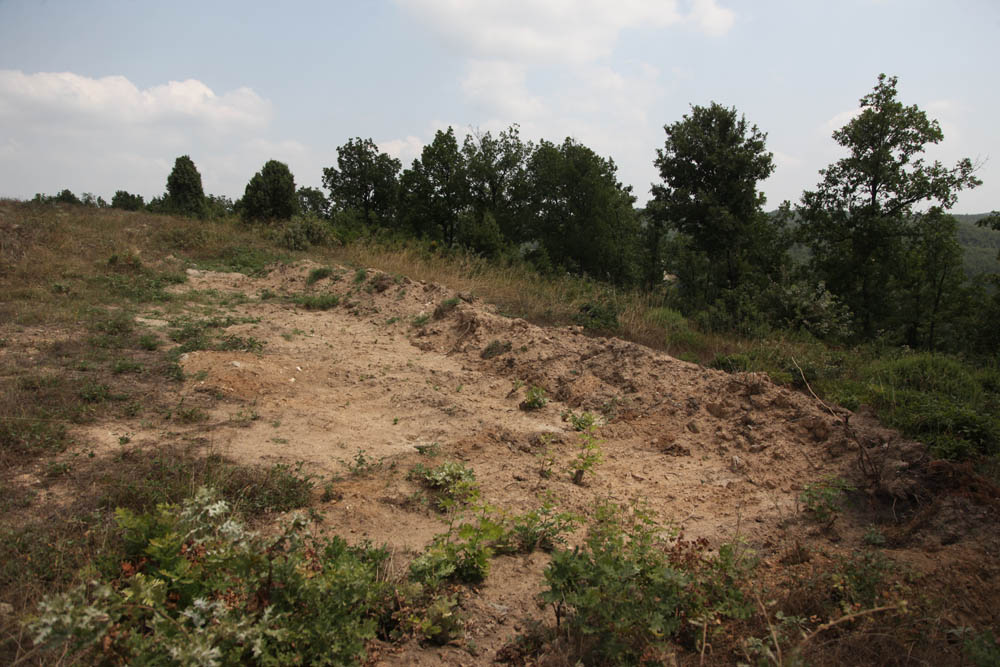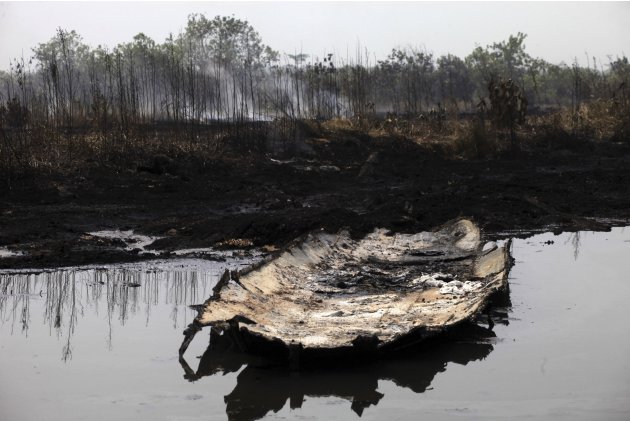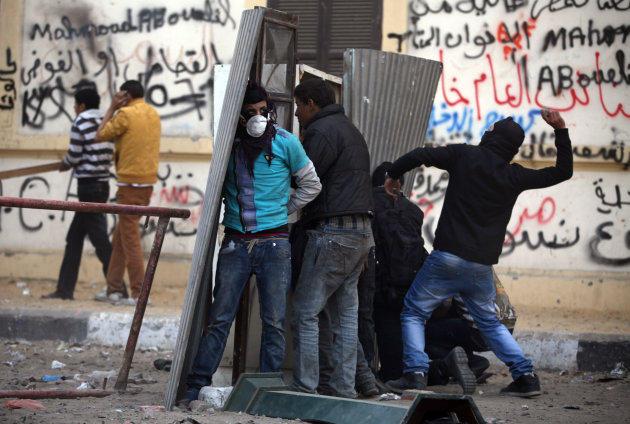
With the recovery of four more bodies, the death toll from Tuesday’s Mazaruni River collision was up to nine at press time last night, and while search efforts will continue for the missing the Maritime Administration Department (MARAD) has signalled plans for stricter policing of the country’s major marine centres.
The bodies of Keanu Amsterdam, 17, of Barr Street, Kitty and Bartica, Deon Moses, 33, of Lot 6 Norton Street, Wortmanville, Kevon Ambrose, 25, of Vergenoegen, East Bank Essequibo and Brazilian national Francisco Olivera Alves, 48, were recovered during continuing search efforts yesterday.
Previously confirmed dead were Jermaine Calistro, 27, of Boodhoo Housing Scheme, East Bank Essequibo, whose body was found hours after the collision; Ulrick Grimes, 39, of Salem, East Bank Essequibo, who was found by relatives around 9 pm on Wednesday; Christopher Ramnarine, 21, of Parika, East Bank Essequibo, and Zahir Baksh, 34, of Kaneville, East Bank Demerara, who were found on Thursday morning; and Jewan Seeram of Tuschen, whose body was found by searchers on Thursday night.
Up to press time, Ricky Bobb, 27, of Barr Street, Kitty, who is the brother of Amsterdam, remained unaccounted for, although Region Seven Chairman Gordon Bradford maintained that the continuing operation was trying to locate two persons. The bodies are floating up in the vicinity of the operations camp which was set up three days ago.
A report on the collision, prepared by Director of Maritime Safety Stephen Thomas, yesterday confirmed that the small open boat “Dube” collided with another small open boat “Mattrani” in the Mazaruni River on Tuesday around 12:30 pm, in the Crab Falls area, as they were navigating the point of an island. The Dube, with 10 persons on board and a quantity of cargo, was travelling from Parika and was destined for Puruni, while the Mattrani was leaving Puruni and was destined for Parika through Bartica, when the accident occurred, the report said.
As a result of the collision, a female passenger from the Dube was hurled overboard but she was subsequently rescued. The report noted that the vessel suffered extensive damages but the master managed to beach it on a nearby river bank and all those onboard were saved although some sustained various injuries. “The Mattrani suffered extensive damages and sank almost instantaneously,” it added, while noting that the master and bowman survived along with two passengers.
There remained conflicting accounts of how many were aboard the Mattrani up to yesterday, with MARAD saying the number ranges from 12 to 14. All of the dead were passengers on that vessel.
After further searches some miles from the Crab Falls crash site, Amsterdam’s decomposed body was discovered floating around 7:15 am yesterday and was immediately identified by family members, who were on the search team.
Amsterdam was reported to have been taken up by another person on the boat to work on some machinery. The man’s grandfather had told this newspaper that Amsterdam showed a great interest in mechanics and was pursuing it.
Before the recovery of Moses’ body, his wife Joan was clinging to the hope that her husband was still alive. She was praying for his safe return up to yesterday morning, but his decomposing body was found several hours later by searchers.
She said her husband had been returning home to surprise her. “When I spoke to him, he said, ‘Sweetie, I am coming home to surprise you. Please don’t put the food in the fridge; I am coming home to eat it.” That was the last word she heard from him.
Stabroek News was unable to contact the families of Ambrose and Olivera Alves.
An army official said that that there is no way that Bobb could be alive and that they are conducting a search and recovery operation for his body.
Bradford, who is related to Moses, Amsterdam and Bobb, told Stabroek News that the search and recovery operation was dangerous because of the rapids in the river. He said the scorching sun also added to the already difficult task.
The accident, which occurred a month after a similar collision in the Pomeroon River that claimed six lives, has put marine safety under scrutiny.
Thomas’ report noted that MARAD has commenced its investigation to find out what went wrong and how to prevent future occurrences of such accidents.
The January 25, 2012 report, which was addressed to Transport Minister Robeson Benn and which was released to the press, identified a number of steps to be undertaken by MARAD towards preventing recurrences. It said MARAD will deploy marine safety officers at all major marine centres across the country. “They will be actively monitoring and controlling the operations of boats in these areas,” it said.
All vessels will have to prepare a crew and passenger list and deposit a copy with “a responsible person” at the points of departure and destination; all captains and bowmen will have to be licence in accordance with Maritime Standards; and the use of life vests on all boats must be strictly enforced, Thomas’ report said.
The report noted that according to the master of the Mattrani, whose name was given as Devon Thomas, 29, of Bransford Point, Bartica, there were 12 persons including himself and his bowman Seeram of Parika. However, the report added that one of the survivors said there were 14 persons on board.
The report identified the Mattrani’s passengers as Thomas; Seeram; Francisca Rodrigues, a 40-year-old Brazilian national of Bartica; and Aubrey Bowen, 29, of Parika, who all survived. Calistro, Grimes, Narine, Baksh, Jewan Seeram and Amsterdam were listed as dead while Bobb, Moses, Alves and an unknown person were listed as missing. It is believed that Ambrose is the unknown person on the list. No names were given for the other persons who were abroad the other vessel.
It was stated that MARAD is currently coordinating efforts to search for the victims of the accident and is being assisted by the Guyana Defence Force, the police, the regional administration and other volunteers.
In wake of the accident, concerns were raised about the quality of life jackets that were being worn by some of the passengers. One survivor had related that even though some persons were wearing life jackets, they were still going below the water surface.
Asked about this issue yesterday, Benn said that the passengers wearing life jackets were going under because they did not properly fasten their jackets. He said that there were also instances where persons were not wearing life jackets at all.
He said that there seems to be a culture of persons travelling in boats and not wearing a jacket at all or neglecting to fasten them. It is mostly men who engage in these practices, he noted.
Benn further stated that as the boats were heading to their respective destinations, they kept dropping off and picking up passengers. He said that the boat heading ‘down’ might have picked up more persons than it had jackets for.
He explained that the persons that drowned either did not secure their lifejackets or were not wearing any because there were more persons than life jackets.
Asked about the quality of lifejackets used by the passengers, he said that they were properly specified and demonstrated to persons. He noted that people were able to see that they met the required specifications.
Saturday 26 January 2013
http://www.stabroeknews.com/2013/news/stories/01/26/mazaruni-river-crash-deaths-climb-to-nine/












